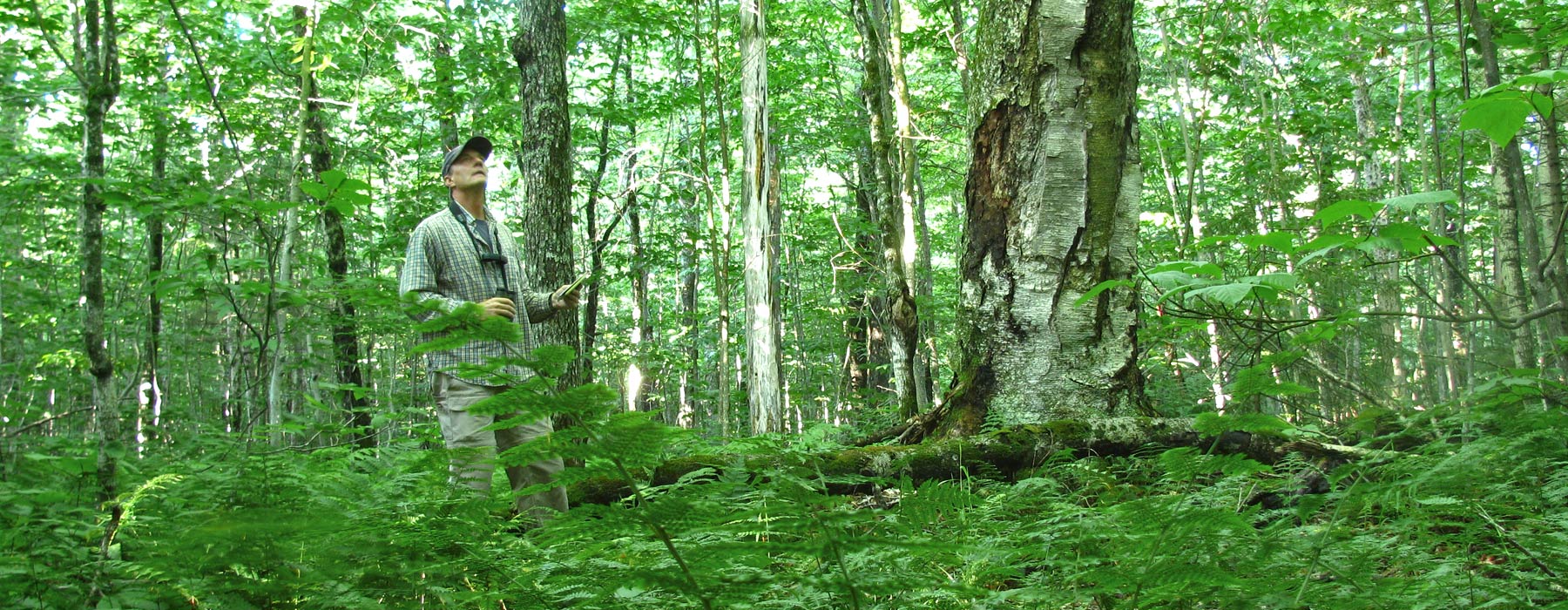Data sharing has become an important issue in modern biodiversity research to address large scale questions and conserve species. Despite the steadily growing scientific and conservation demand, data are not always easily accessed. Worse, it may be lost forever if it is not properly archived.
Data found at VAL and its networks are provided by a wide range of cooperating organizations, websites, individuals, community groups, government agencies and others. VAL works closely with data providers to assist them to better capture, manage, and share biodiversity data.
Would you like to discuss sharing your biodiversity information?
Perhaps you have a large dataset of species observations that are only on paper forms. Or maybe you have an old spreadsheet or database from work you completed long ago that is somewhere on your computer. Maybe you have notebooks filled with field sightings. Whatever the situation, your hard work will be more widely used for science, conservation and education if others can access it now and far into the future. Whether you want to create a specific atlas on our site, share data with others, or just archive your data for the future with restrictions – we’re here to help you find a solution that fits.
Cooperative Case Study – Creating the Vermont Odonate Atlas
In 2001 Mike Blust and Bryan Pfeiffer began surveying the Odonata of Vermont. It was time to erase Vermont’s reputation as the northeastern state most poorly surveyed. In the ensuing years, many species were added to the state list and the average county list climbed to 89 species from about 30. The effort caught the attention of others and soon many more citizen scientists began surveying different areas of Vermont. With the help of VAL, Blust and Pfeiffer uploaded the entire Vermont records database to Odonata Central and created the Vermont Damselfly and Dragonfly Atlas website with VAL. With the help of VAL since 2013, biologists and citizen naturalists have contributed new records to the effort through iNaturalist Vermont and directly to Odonata Central. And there have been some remarkable findings over the last few seasons.
Today, the atlas covers the distribution of all 142 species known from Vermont. Blust and Pfeiffer conducted fieldwork across Vermont for years, with the help of other enthusiasts, and compiled an amazing dataset of Vermont’s odonates that is now shared with everyone and continues to grow with VAL.
Cooperative Case Study – The Phoenix Project: Digitizing Old Paper Records
Recently, we announced an exciting new web site that allowed us to connect with volunteers virtually to help us enter thousands of historic spring bird records that only existed on paper and filed away in boxes. Volunteers digitized over 5,000 pages of spring bird records in just 3 months.
But the rebirth of bird sightings data depends on a dedicated corps of volunteers who, in their leisure time and from the comfort of home, can easily move bird sightings from paper to computer. To make it happen, VCE traveled virtually around the world to team up with the Atlas of Living Australia (ALA), which in collaboration with the Australian Museum has developed DigiVol. DigiVol allows volunteers to view scans of the paper documents online, and convert them on the spot to digital form. From there, VCE will add the records to Vermont eBird, a project of the Vermont Atlas of Life, for use free of charge to anyone — from students to birders to researchers.
Here at VCE, we’re already putting some of the digitized data to use. Since much of those early bird sightings were first collected, the growing season in Vermont has increased by about two weeks. Ice-out on lakes and leaf-out on the lilacs in our front yards come about 12 days sooner. Although the phenology — or the timing of major natural events — varies normally from year to year, on average Vermont springs come earlier. And that could be a concern for bird conservation. As plants and insects emerge earlier in the season, for example, we can analyze whether birds have adequately adjusted the timing of their own migration or breeding cycles to keep pace. A mismatch could cause bird populations to decline.







